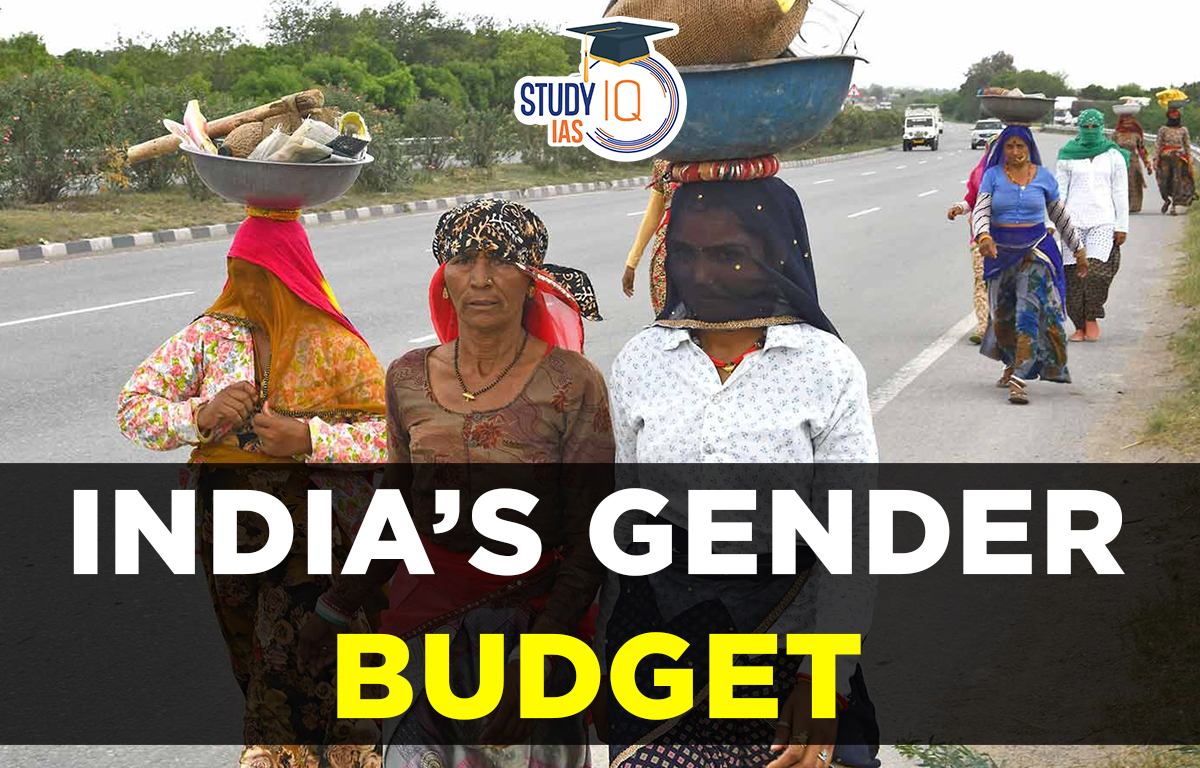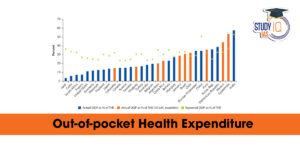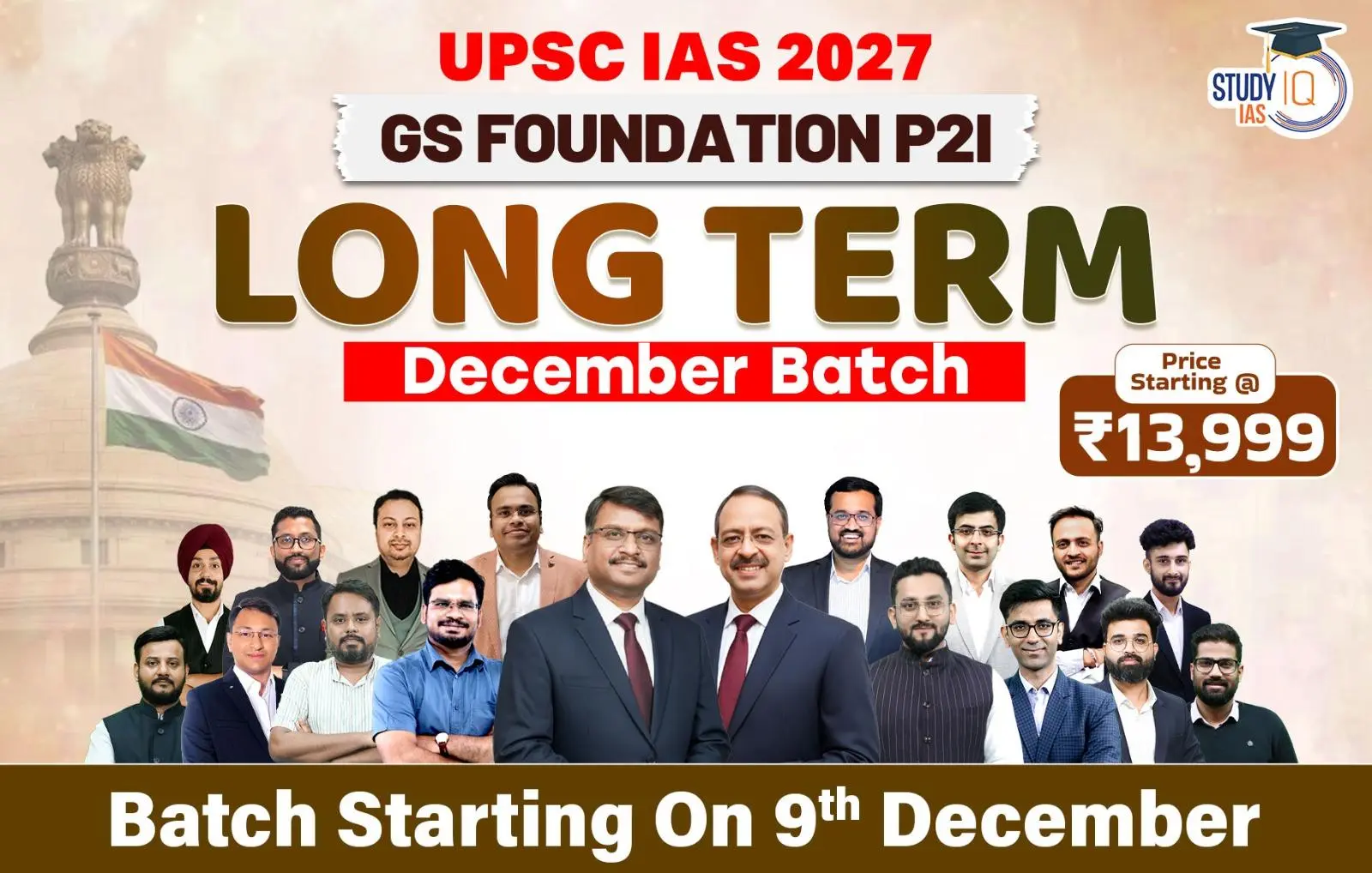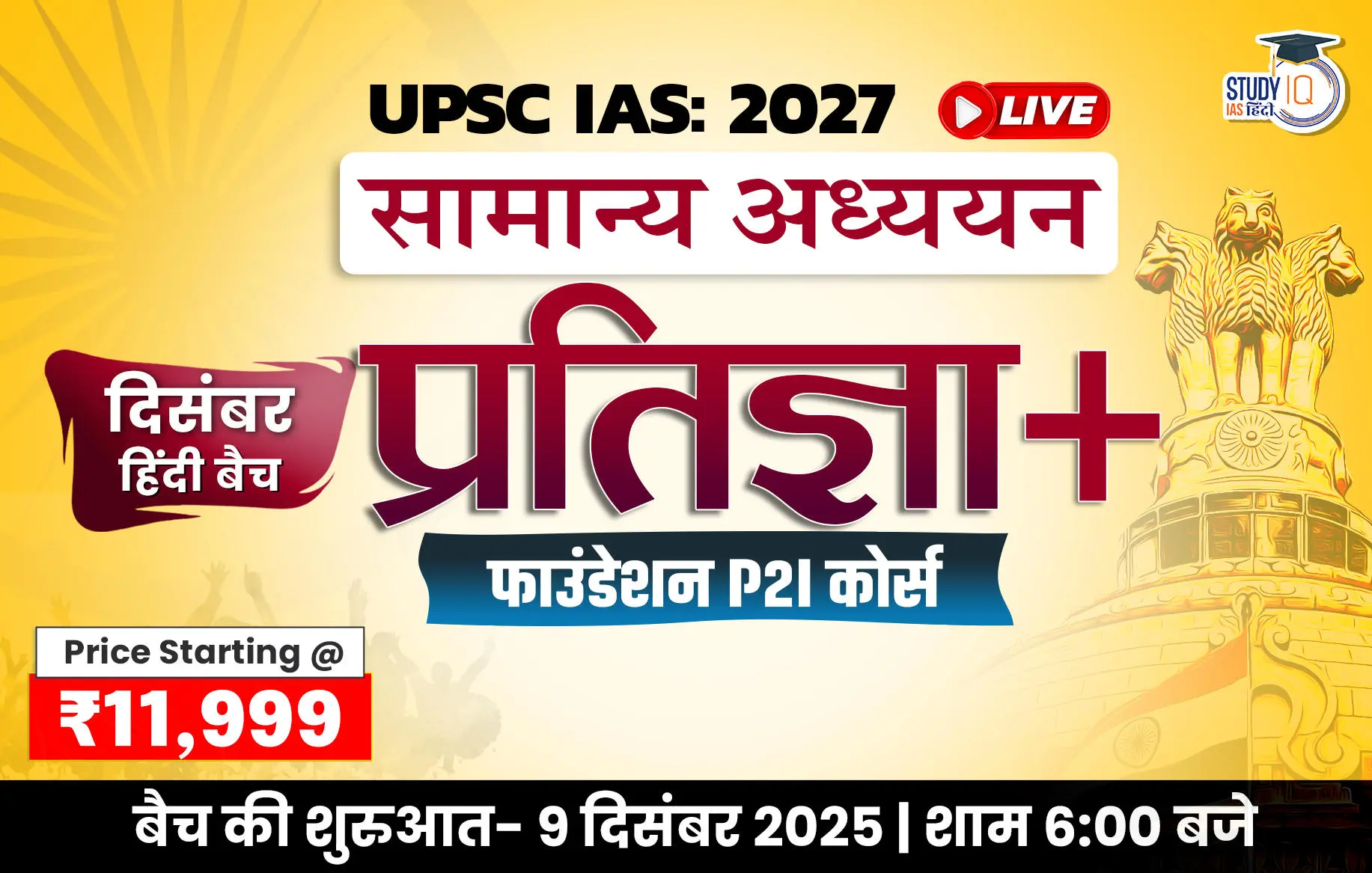Table of Contents
Context: The Finance Minister in the recent Union Budget laid out a vision for Viksit Bharat (Developed India) with the goal of achieving 70% women in economic activities. The inclusion of women as a priority within this framework reinforces the government’s pledge towards women-led development.
Recent Budget Announcements for Women Empowerment
Increased Gender Budget Allocation
- Gender Budget: ₹4.49 lakh crore, which is 8% of the total Budget (highest in two decades).
- 49 Union Ministries and Departments now have gender budgets.
- 12 new Ministries from non-conventional sectors (Railways, Ports, Shipping, Land Resources, Pharmaceuticals, etc.) have integrated gender-responsive budgeting.
Enhanced Funding for Women-Centric Schemes
₹1.24 lakh crore (52% of these funds directly benefit women and girls) allocated to key skilling and livelihood schemes, including:
- Skill India Programme
- Entrepreneurship & Skill Development Programme (ESDP)
- National Skill Training Institutes
- Deendayal Antyodaya Yojana – National Rural Livelihoods Mission (DAY-NRLM)
- Mahatma Gandhi National Rural Employment Guarantee Scheme (MGNREGS)
- PM Employment Generation Programme
- PM Vishwakarma
- Krishonnati Yojana
Support for Women in the Gig Economy
- Formalisation of gig workers through identity cards and registration on the e-Shram portal.
- Access to social security benefits and financial inclusion
- Emphasis on labour code enforcement for job security, maternity benefits, and social protection.
Financial & Digital Inclusion
- ₹600 crore dedicated gender budget under the India AI Mission.
- Centre of Excellence on AI for Education to enhance digital literacy and workforce inclusion.
- Easier access to credit for women entrepreneurs, including collateral-free loans.
- Delinking Kisan Credit Cards from land ownership to support women farmers in accessing loans and credit.
| Periodic Labour Force Survey (PLFS) Data on Female Labour Participation |
|
Way Forward: Realizing 70% Women’s Economic Participation by 2047
Diversity of Economic Roles
- Bridge the gender gap in leadership roles by incentivizing companies to promote women executives.
Financial & Economic Inclusion
- Expand credit access with alternative credit scoring models and collateral-free loans.
- Encourage Women-Led MSMEs through targeted incentives and digital marketplaces.
- Establishing 30 million additional women-owned businesses could generate 150-170 million jobs by 2030.
- Introduce gender-disaggregated tracking for government welfare and loan schemes.
Strengthening Social Protection
- Extend maternity benefits and childcare support for informal sector workers.
- Strengthen social security entitlements under e-Shram for gig and informal sector women workers.
- Enhance safety and workplace rights through better labour law enforcement.
Policy & Norm Transformation
- Simplifying documentation requirements for economic and social security provisions, such as delinking Kisan Credit Cards from land ownership, would help women farmers avail loans and credit facilities.
- Promote mindset change campaigns to shift societal attitudes toward women’s economic roles.


 Out-of-Pocket Health Expenditure, Reason...
Out-of-Pocket Health Expenditure, Reason...
 Treasury Bills (T-bills): RBI Cuts Holdi...
Treasury Bills (T-bills): RBI Cuts Holdi...
 Fisheries Sector in India, Current Statu...
Fisheries Sector in India, Current Statu...

























